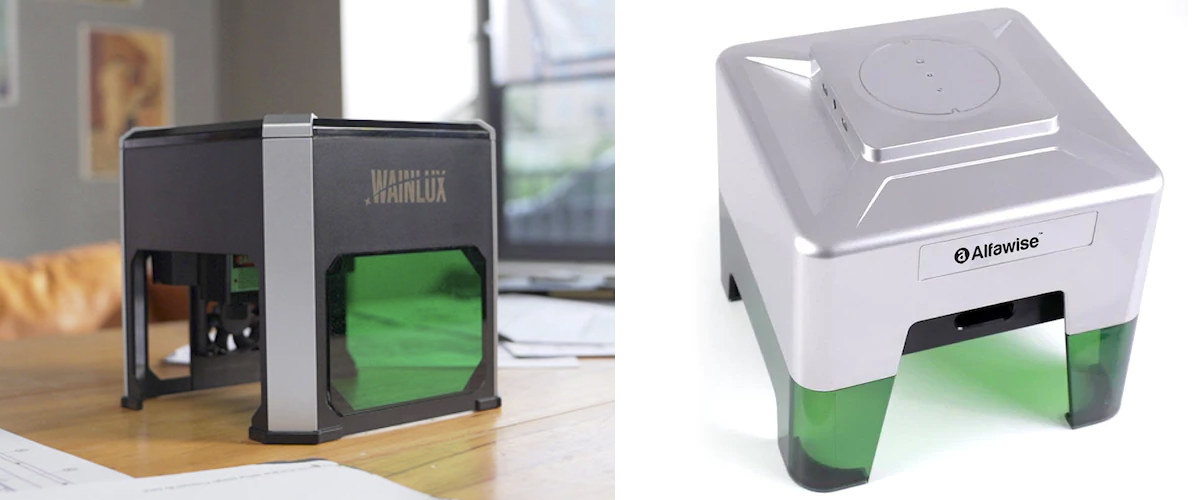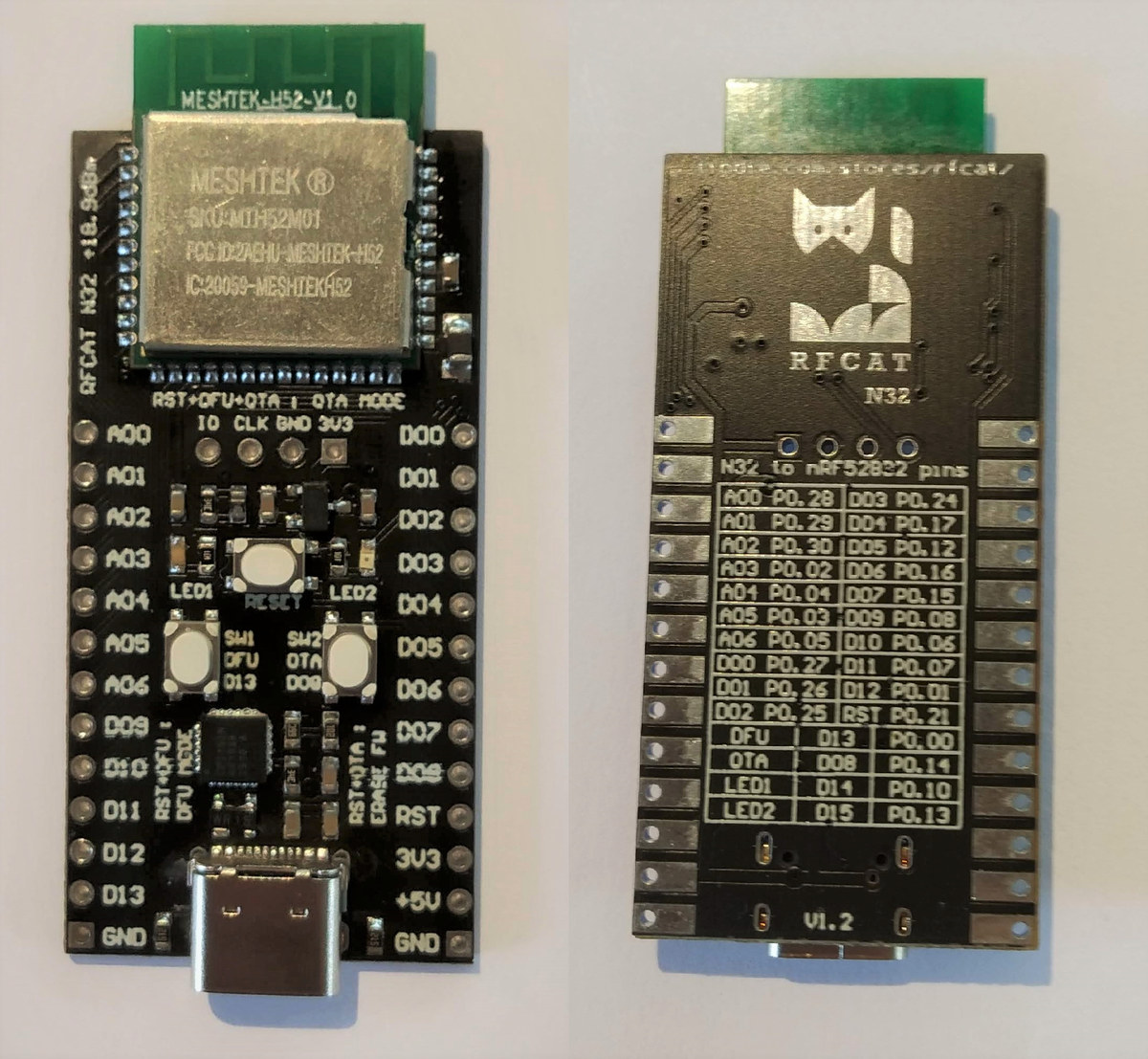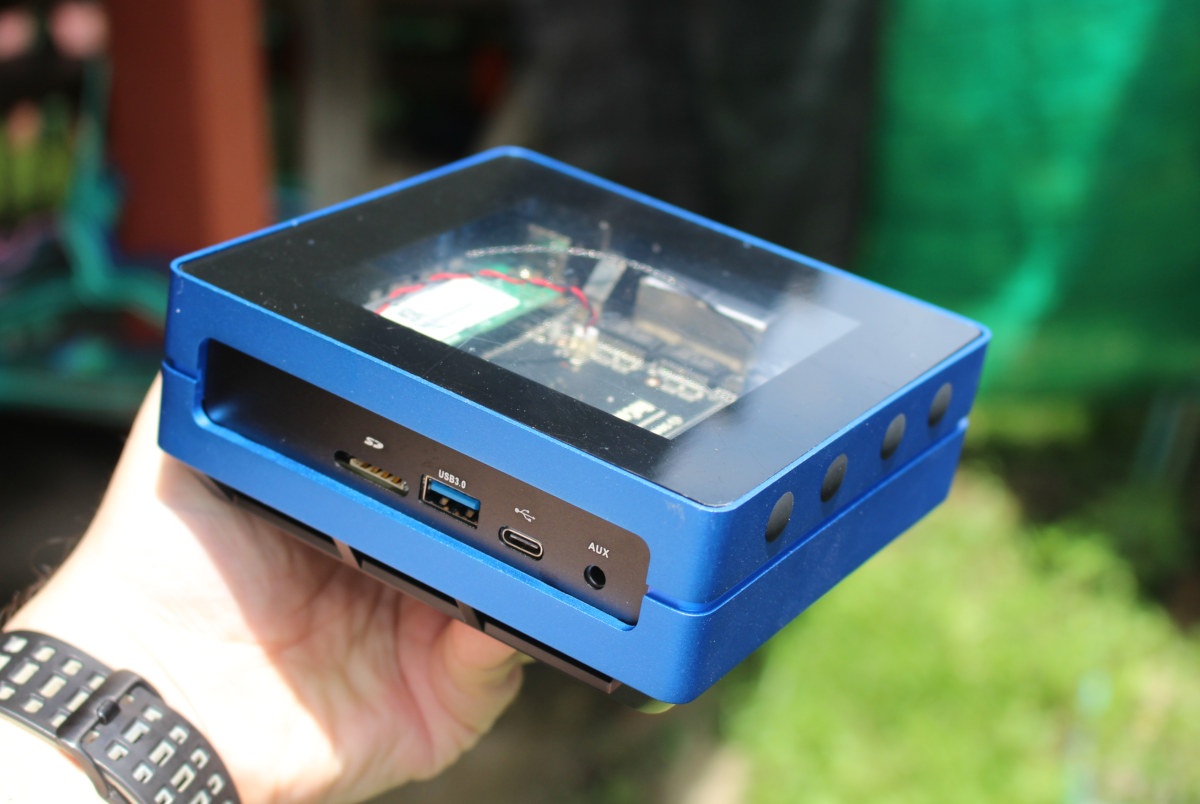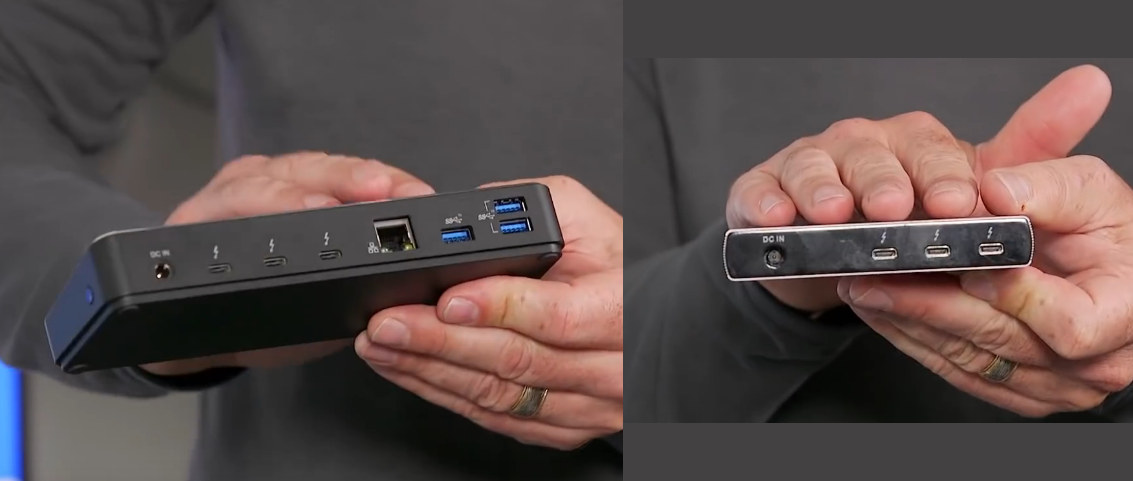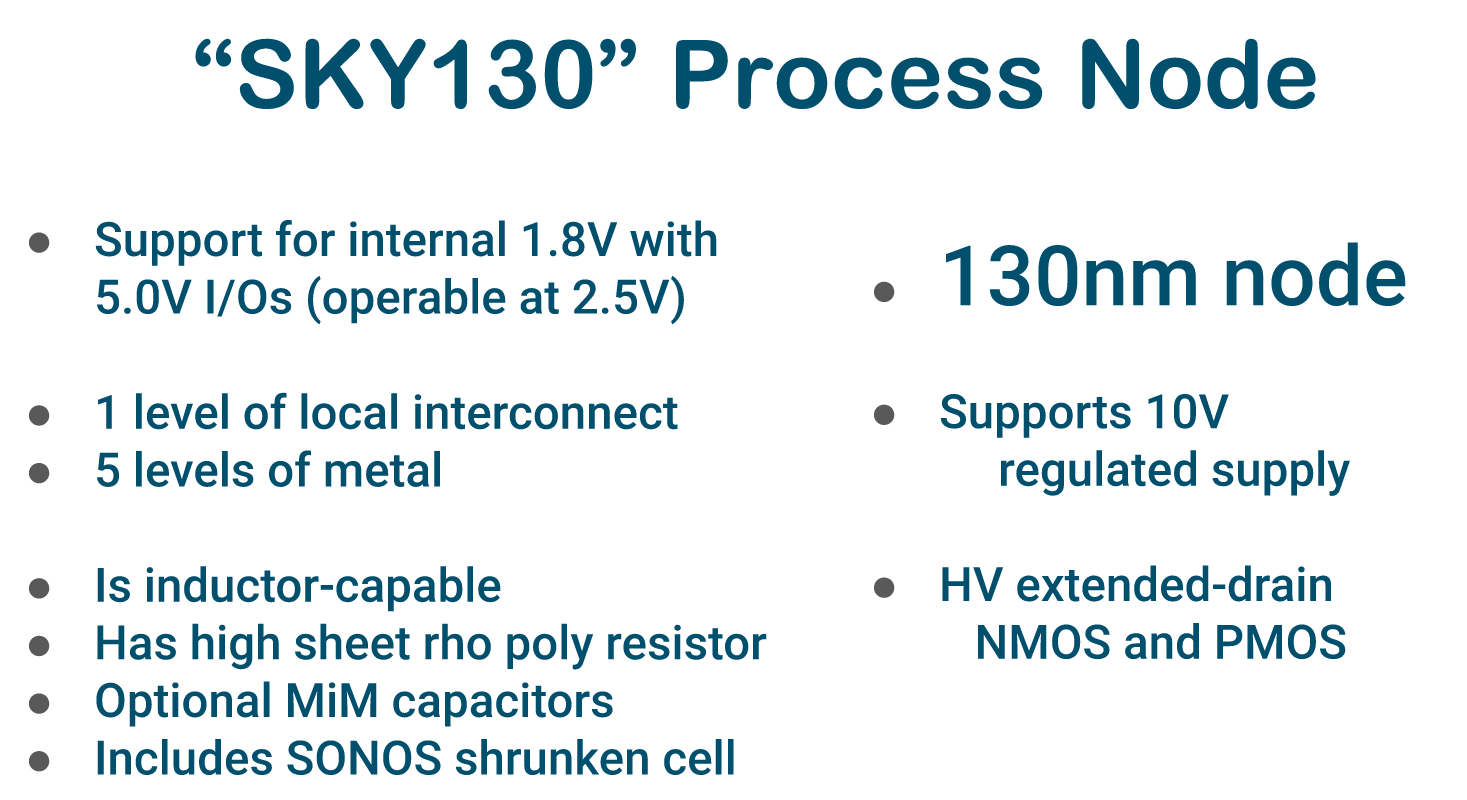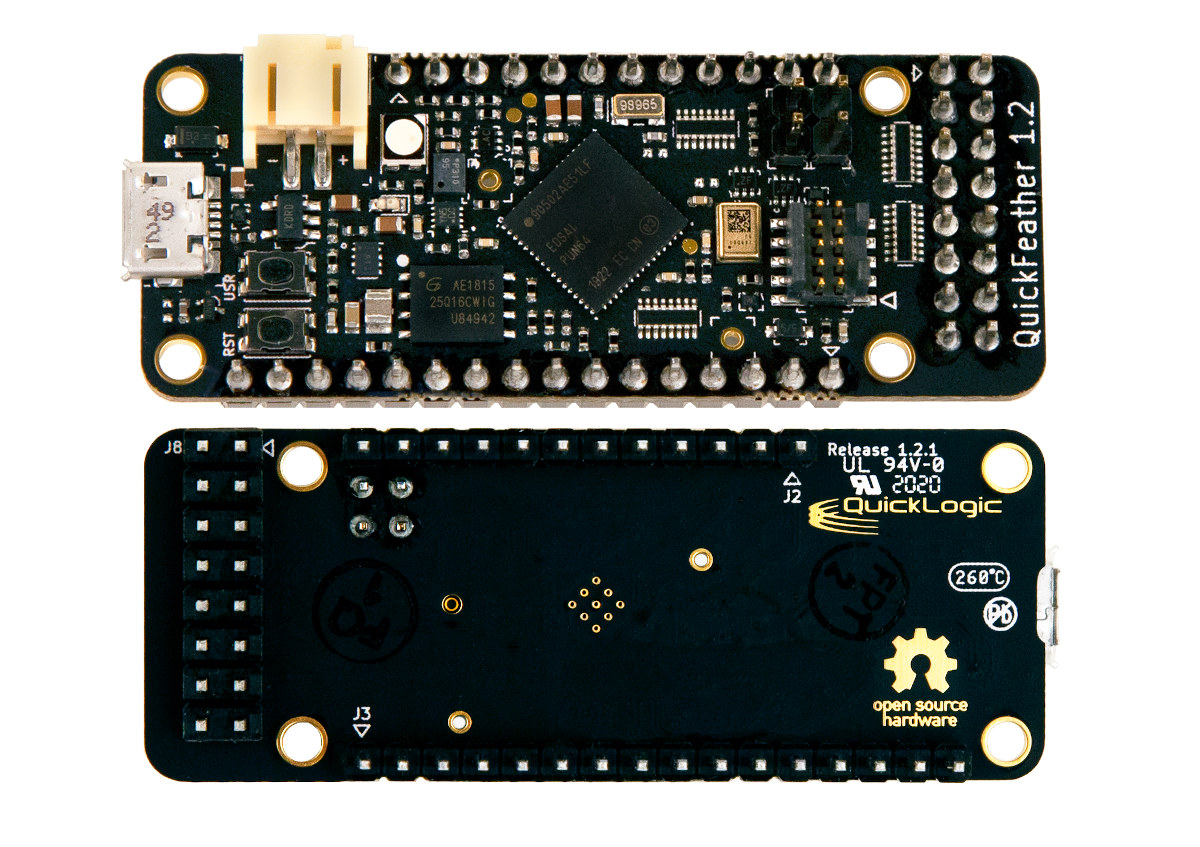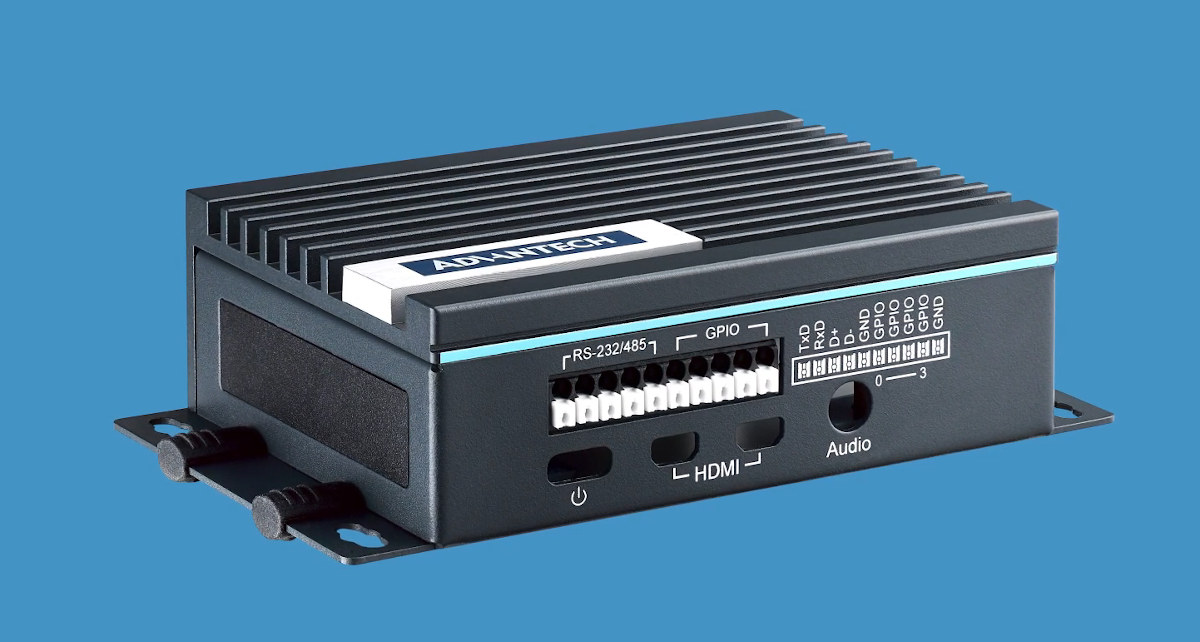A few days ago I saw Wainlux K6 “most compact, powerful and simple-to-use” laser engraver on Kickstarter for about $159. I did not think too much of it at the time, but this morning I thought it already showed up for pre-order on GearBest for $129.99 as Alfawise C50. But I was mistaken, as both products are different, albeit sharing some of the same attributes. Nevertheless, this brought back my curiosity about these types of devices, especially with Wainlux K6 having already managed to raise over $200,000 from close to 1,400 backers so far. So let’s look at both. Wainlux K6 Laser Engraver Key features and specifications: Laser Source – OSRAM Semiconductor blue color laser Laser Power – Up to 3,000 mW, 100 adjustable levels of power Engraving area – 8 x 8 cm Routing Speed – 1500 mm/min maximum Resolution – 508 dpi adjustable Lifetime Estimation – 10,000 hours […]
RFCat N32 Long Range nRF52832 Bluetooth Board Delivers 30x the Transmission Power with an Amplifier
Bluetooth 5.0 has two main new features: high speed (2Mbps) and long-range. But as we’ve seen in our nRF52840 vs nRF52832 vs nRF52810 comparison is that only nRF52840 supports Bluetooth 5.x long range. Bluetooth 5 long range is achieved with two new lower bit rates of 500 kbps and 125 kbps. So what do you do if you’d like a longer range and keep using the higher bit rates? You add a power amplifier and LNA to your board, and that’s exactly what Nikolaj (RFCat) did with RFCat N32 board based on Nordic Semi nRF52832 wireless SoC. RFCat N32 board specifications: Wireless module – Meshtek-H52 Smart Mesh Module with integrated PCB antenna based on Nordic Semi nRF52832 Arm Cortex-M4F Bluetooth 5-ready SoC (See datasheet) Skyworks RFX2401C PA &LNA with 18.9dBm TX gain and 11dBm RX gain USB – 1x USB-C port for power, programming and debugging via CP2102N USB to […]
ODYSSEY-X86J4105 SBC Unboxing and Re_Computer Case Review
Seeed Studio ODYSSEY-X86J4105 is an Intel Celeron J4105 Gemini Lake SBC that also happens to integrate an Arduino compatible Microchip SAMD21 Arm Cortex M0+ microcontroller that makes it suitable as an all-in-one Arduino platform. But it can do much more with 8GB RAM, an optional 64GB eMMC flash, HDMI & USB-C DisplayPort 4K video outputs, dual Gigabit Ethernet, and support for both SATA and NVMe storage. The board runs Windows 10 Enterprise by default (if you purchase the board with an eMMC flash), and supports Linux distributions as well. Seeed Studio sent me a review sample, so I’ll start by checking out the hardware first. ODYSSEY-X86J4105 Unboxing I received ODYSSEY-X86J4105864 with a built-in 64GB eMMC flash pre-loaded with Windows 10 Enterprise. Let’s have a quick look at the board with USB, Ethernet and video output ports previously described, as well as built-in dual-band Wi-Fi 5 & Bluetooth 5.0 module, and […]
Intel Introduces Thunderbolt 4, Showcases MultiPort Thunderbolt 4 Docks
Intel has just introduced Thunderbolt 4 universal cable connectivity solution for data, video, and power with up to 40 Gbps bandwidth, and USB4 specification compliance. The new standard can support up to four Thunderbolt ports in docks and universal cables up to 2 meters in length. Compared to Thunderbolt 3, Thunderbolt 4 doubles the minimum video and data requirements leading to support for two 4K displays or one 8K display, and PCIe storage speeds up to 3,000 Mbps. It also enables PC charging on at least one computer port and allows you to wake your computer from sleep by touching the keyboard or mouse when connected to a Thunderbolt dock. It also adds mandatory Intel VT-d-based direct memory access (DMA) protection to helps prevent physical DMA attacks. The first processors to integrate Thunderbolt 4 will be “Tiger Lake” mobile processors, and the company also announced the Thunderbolt 4 controller 8000 […]
Design an Open-Source SoC with Google SkyWater PDK, Get It Manufactured for Free
With open ISAs like RISC-V, it’s become easier – provided you have the skills – to develop or customize your own SoC using RTL files, compile it with EDA tools, and run the resulting bitstream on an FPGA. But if you ever wanted to get an actual chip that would become more complex, as you’d need to request a process design kit (PDK) from a foundry, and pay for the manufacturing cost, which amounts to at least several thousand dollars for older process nodes. But the FOSSi (Free and Open Source Silicon) Foundation has good news with Tim Ansell of Google announcing the SkyWater PDK, the first manufacturable, open-source process design kit. There are other open-source PDKs, but they aren’t manufacturable and/or only support older 0.35/0.5 micron nodes. The SkyWater PDK allows you to produce chips with the SkyWater foundry in the 130nm node. That’s a big improvement since you […]
QuickFeather Board is Powered by QuickLogic EOS S3 Cortex-M4F MCU with embedded FPGA (Crowdfunding)
Yesterday, I wrote about what I felt what a pretty unique board: Evo M51 board following Adafruit Feather form factor, and equipped with an Atmel SAMD51 Cortex-M4F MCU and an Intel MAX 10 FPGA. But less than 24 hours later, I’ve come across another Adafruit Feather-sized Cortex-M4F board with FPGA fabric. But instead of using a two-chip solution, QuickLogic QuickFeather board leverages the company’s EOS S3 SoC with a low-power Cortex-M4F core and embedded FPGA fabric. QuickFeather board QuickFeather specifications: SoC – QuickLogic EOS S3 with Arm Cortex-M4F Microcontroller @ up to 80 MHz and 512 Kb SRAM, plus an embedded FPGA (eFPGA) with 2400 effective logic cells and 64Kb RAM Storage – 16Mbit SPI NOR flash USB – Micro USB port with data signals tied to eFPGA programmable logic Sensors – Accelerometer, pressure sensor, built-in PDM microphone Expansion I/Os – Breadboard-compatible 0.1″ (2.54 mm) pitch headers including 20 Feather-defined […]
Fraunhofer HHI H.266/Versatile Video Coding (VVC) Halves the Data Requirements of H.265
There’s a lot of hype around AV1 royalty-free video codec since it has backing from large companies, better characteristics than H.265 or VP9, and is already used by YouTube and Netflix. AV1 hardware decoders are also found in new processors like Amlogic S905X4 or Mediatek Dimensity 1000+. But we previously noted that H.266, aka VCC (Versatile Video Coding), was in the works, and Fraunhofer HHI has just announced the release and official adoption of the H.266/Versatile Video Coding (VVC) video compression standard. H.266 standard offers improved compression, which reduces data requirements by around 50% compared to the previous H.265/HEVC standard at the same visual quality. In practical terms, a 10GB H.265 video now only needs 5GB with H.266 video codec saving both storage and bandwidth. The standard can be used to transmit and store commonly used video resolutions from SD to HD up to 4K and 8K and also supports […]
Advantech UNO-220 is an Industrial RS232/RS485 Gateway Kit for Raspberry Pi 4
While Raspberry Pi SBCs are mostly designed for the education market, they find their way in various devices, even in the industrial market with products such as ModBerry M500 industrial computer, Compulab IOT-GATE-RPi industrial IoT computer, BB-400 Neuron Edge industrial controller, and many others. All those offer RS-232 and RS-485 ports besides other interfaces typically found in industrial applications like isolated inputs, CAN buses, and more. There’s now yet another option with Advantech UNO-200 industrial gateway kit for Raspberry Pi 4 board with RS232/RS485 header and RTC battery. Advantech UNO-220 specifications: Compatible SBC – Raspberry Pi 4 Model B with dual micro HDMI outputs, audio jack, as well as USB and Ethernet ports accessible through the enclosure I/O Interfaces GPIO – Input (GPI) 0-3: VIH: 2~5V VIL: 0 ~ 0.8V; Output (GPO) 0-3: 0 ~ 5V Serial Ports – 5-pin terminal block for RS232/485, automatic direction control, 300 ~ 115.2kbps […]


